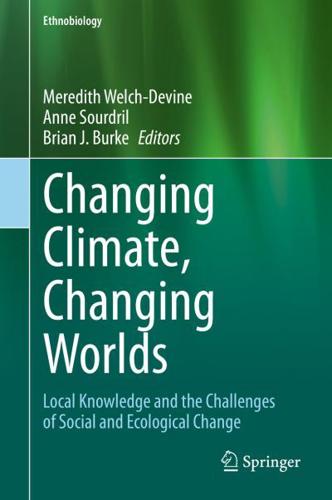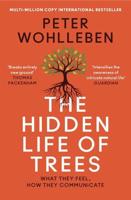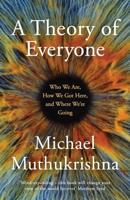Publisher's Synopsis
This book explores how individuals and communities perceive and understand climate change using their observations of change in the world around them. Because processes of climatic change operate at spatial and temporal scales that differ from those of everyday practice, the phenomenon can be difficult to understand. However, flora and fauna, which are important natural and cultural resources for human communities, do respond to the pressures of environmental change. Humans, in turn, observe and adapt to those responses, even when they may not understand their causes. Much of the discussion about human experiences of our changing climate centers on disasters and extreme events, but we argue that a focus on the everyday, on the microexperiences of change, has the advantage of revealing how people see, feel, and make sense of climate change in their own lives. The chapters of this book are drawn from Asia, Europe, Africa, and South and North America. They use ethnographic inquiry to understand local knowledge and perceptions of climate change and the social and ecological changes inextricably intertwined with it. Together, they illustrate the complex process of coming to know climate change, show some of the many ways that climate change and our responses to it inflict violence, and point to promising avenues for moving toward just and authentic collaborative responses.









